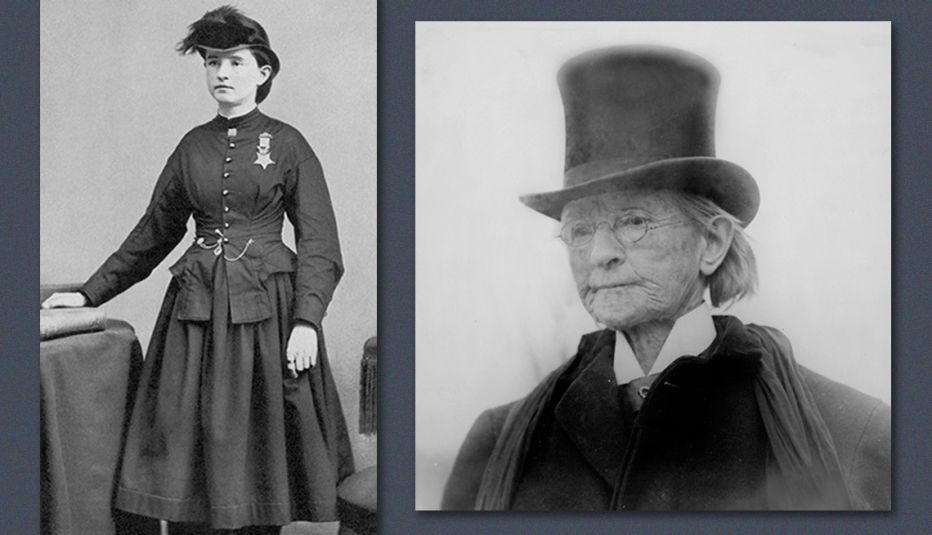AARP Hearing Center


In the 161 years since the country's most prestigious military decoration was instituted, the Medal of Honor has been presented to over 3,500 service members but only one has been a woman, Mary Edwards Walker, M.D.
At the start of the Civil War, Walker, one of the few practicing female doctors at the time, arrived in Washington, D.C., seeking a position as a surgeon for the U.S. Army. She went to meet with Secretary of War Simon Cameron wearing a bloomer-style outfit, which incorporated trousers and represented her interest in equal rights for women.
"She did not present herself looking the way a very traditional 19th-century woman would look. So that I think doubly startled Cameron,” said Theresa Kaminski, professor emeritus of history at the University of Wisconsin-Stevens Point and author of Dr. Mary Walker's Civil War. “He refused her right away. He said that women didn't belong in the Army. He could barely tolerate the notion of women as doctors."
Instead of returning home to upstate New York, Walker went from hospital to hospital in Washington to volunteer her services. She finally found a doctor, J. N. Green, M.D., at the Indiana Hospital (located in Washington's Patent Office Building), who accepted her proposition. Green offer to pay her out of his own salary, but she declined and only asked for a place to sleep.
"The soldiers seem to hold her in pretty high regard. And the officers that she encountered generally felt the same way, as long as they weren't military officers,” Kaminski said. “She had more trouble with the male doctors than she did with the regular officers of the U.S. Army."
A closer look at Walker's tour of duty
As a person who believed in gender equality, not a widely held opinion at the time, Walker's clothing was not just a statement but a form of convenience for the work she wanted to do. The uniform that she made for herself mimicked what a commissioned union medical officer would wear.

































































More on Home and Family
WWII Code Breaker Shares Her Secret to Turning 100
Centenarian Julia Parsons, who spent war deciphering German messages, refuses to accept limitations98-Year-Old WWII Veteran Finally Honored for Fighting Japanese in Philippines
Daniel Crowley receives Combat Infantryman Badge nearly eight decades later'Sky Blossom' Documentary Salutes Young Caregivers of Disabled Veterans
AARP-cosponsored film is nominated for a Movies for Grownups Award